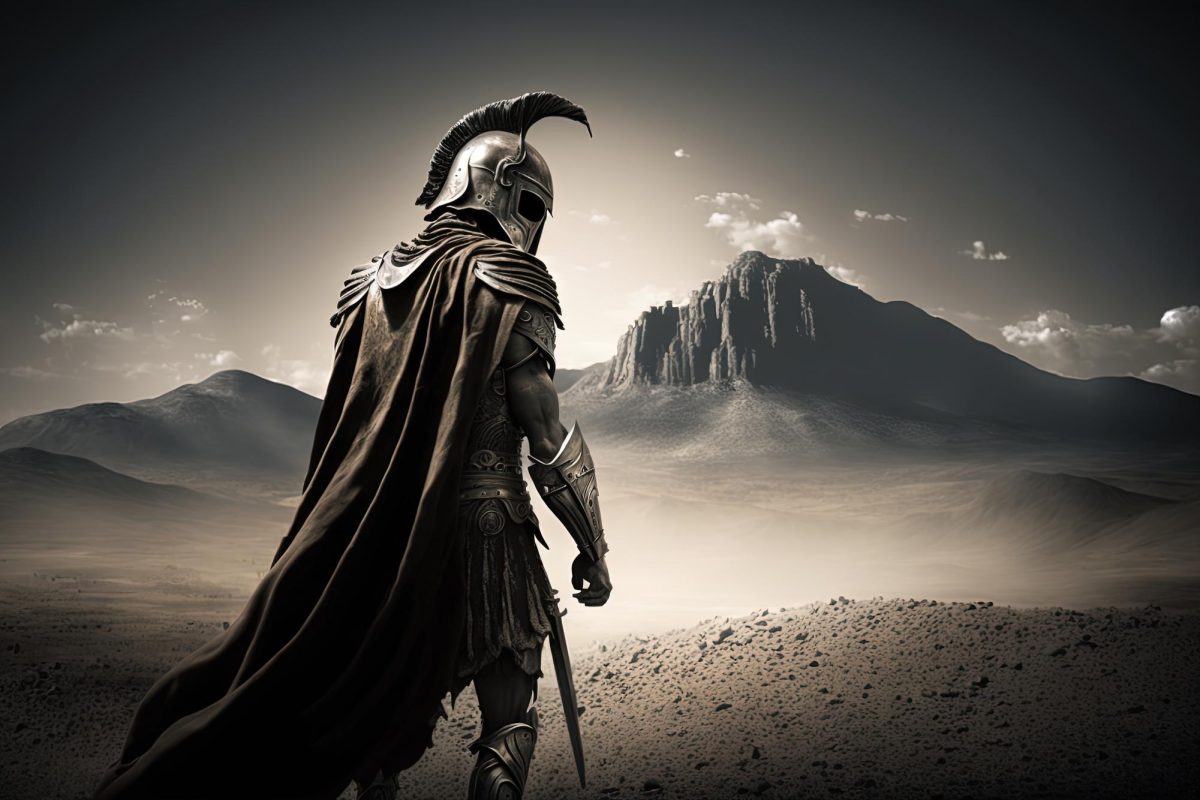Last month, I discussed the Nearly Great Presidents. This month, we cover the High Average. These presidents are the best of the average. There are few connecting tissues between these three gentlemen, their times, party, and context are vastly different. To be high average, simply means that I like, or begrudgingly respect, certain accomplishments or abilities of these presidents more than the rest of the averages.
Herbert Hoover: The 31st President of the United States is one of the most misunderstood. He is perhaps the greatest victim in American history of politically motivated character assassination. What FDR did to Hoover makes the Lost Cause look like child’s play. Before he ran for president in 1927, Hoover was a globally renowned humanitarian and one of the most potent executives in the world. During WWI, Hoover was the founder and director of the Commission for the Relief of Belgium which saved nearly 10 million people from starvation in the occupied nation. In 1917, when the US entered the war in Europe, Hoover was asked by President Woodrow Wilson to head the American Food Administration to help ration and feed the war effort. He was then asked by Presidents Warren Harding and Cavlin Coolidge to be their Secretary of Commerce. In 1927, before announcing his run, he helped rebuild the American South after the mass death and destruction of the Mississippi River Flood.
But his presidency is most remembered for the Great Depression. He is blamed for the worst parts of the Depression and is even blamed for causing it. Hoover was claimed to be an inactive shill for the big banks and capitalist titans of the times. All of this was untrue. Before Hoover’s presidency, the government didn’t track unemployment. So, when people blamed him for not taking the crisis seriously, they use hindsight to criticize with information they know but which Hoover had to move heaven and earth to find out.
To say Hoover would have fixed the Great Depression would be a lie. No one could fix it. It took a World War to fix the markets. However, Hoover is Above Average in my perspective because no other president had the executive ability to create from nothing the structure to fight the greatest global financial crisis in modern history. There is a saying about the Stock Market Crash of 1929, “The U.S. sneezed, Britain caught a cold, and Germany nearly died of Pneumonia.” It was Hoover’s abilities that prevented that sneeze from turning into pneumonia. And it only became that due to FDR’s mishandling of the economy in 1933.
Barack Obama: This is a tough one for me. I have to begrudgingly admit that Obama was not as bad I might like to think. I have caught a bit of OBS (Obama Derangement Syndrome) from the media I consume. He has shown even today that he is a great politician and orator. Compare his speeches to Joe Biden, Donald Trump or Kamala Harris and it isn’t hard to tell why Obama was so popular. I could spend several articles and probably write a book about my disagreements with Obama’s policies and actions. But those are not why I have him here in the High Average. He is here due to his masterful ability to coalition build.
Unlike Joe Biden, Kamala Harris or Hilary Clinton, Obama did not have a prebuilt voter coalition to run his 2008 campaign on. Rather he had charisma and youth in such abundance that he was able to sweep up independents and moderates, especially with his message of Hope after the 2008 Crash. He represented a group of voters that had never before had a candidate seem so much like them. His coalition of ethnic diversity has never been replicated since, despite all Democrats either assuming they would retain it or actively pandering to obtain it. And that is proof that it was his coalition, not the party’s. He was very much like his party’s founder, Andrew Jackson, in his ability to draw allies to himself and actively drive his opponents mad at the mere mention of his name. And for that, he gets my rating as High Average.
Millard Fillmore: If you want a good laugh, go look up a picture of President Fillmore and compare it to a photo of Alec Baldwin. You might find the resemblance amusing. For that, Fillmore already outshines any of the other Antebellum presidents. Fillmore is among those Accidental Presidents who are inherently dealt a weak hand. He was only president for two years and at a time when the office was weak compared to Congress. Not only that, but Fillmore was also not a party leader. The Whig party was on its last legs and the Democrats were potent. So what could make me put Fillmore in the High Average category? Most ratings have him near the very bottom. I believe that is not due to actual informed opinions by historians but caused by the lack of interest about this president. The Antebellum presidents are the least studied in American History and all are assumed to be weak willed puppets of the fire breathers of their times. In some cases that is true, but not so for Fillmore.
Fillmore’s opportunities did not come in the grand manner of a Lincoln or a Washington. Rather they came in the form of maintaining the status quo and preventing the country from getting worse. In that he achieved success. Most of his accompanying presidents did not accomplish that. When Talyor died, his cabinet resigned, leaving Fillmore high and dry. But he was able to recruit Daniel Webster as Secretary of State and pass the Compromise of 1850, which was seen at the time as necessary for holding the Union together. This is all the historians talk about now. In fact, his White House biography only speaks of this. It was important, but it was not the only occurrence in his presidency. He and Webster were able to get a bit of good out of the overwhelming bad of the times. And again, that is more than his fellow Antebellum companions were able to do.





